21 Best Carbohydrate-Rich Foods And Their Benefits
A healthy portion of good carbs is essential to planning a well-balanced diet.
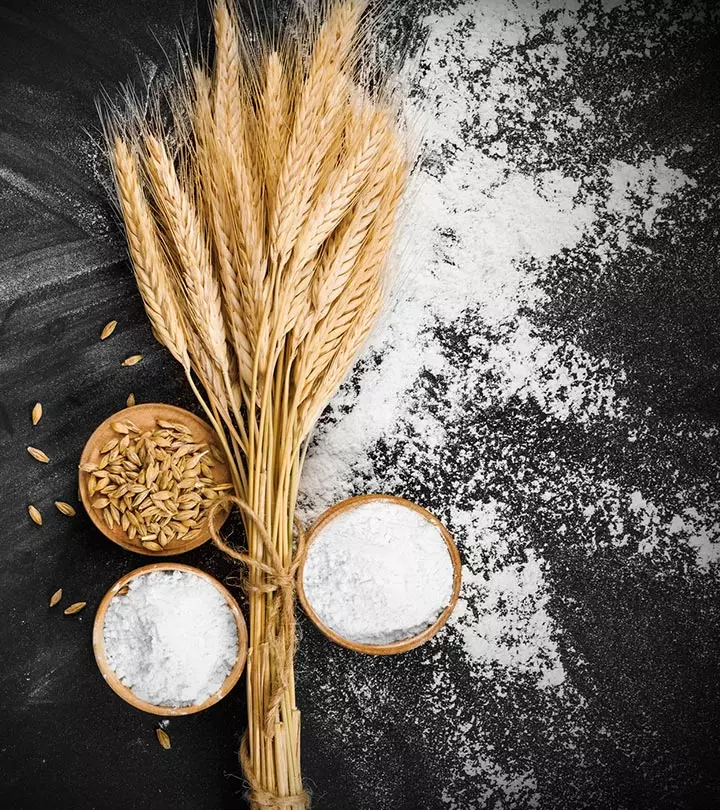
Image: iStock
Think carbs are bad? It is not the carbs, but the source many people are getting them from that is the primary issue. Carbohydrate-rich foods such as sweet potatoes, apples, bananas, and whole grains can offer a broad spectrum of beneficial nutrients that contribute to a healthy, well-balanced diet. In addition, the intake of these nutritious compounds offer several health benefits. In this article, we have discussed the 12 best carbohydrate-rich foods and their benefits. Keep reading!

In This Article
What Are Carbohydrates? Why Are They Essential?
Simply put, carbs are nothing but the complex starches, simple sugars, and fibers found in vegetables, fruits, grains, and other milk products. There are many foods high in starch that provide health benefits. The world today may have maligned their reputation – but they are an important component of a healthy life.
They are macronutrients, which simply means that they are one of the three main ways the body obtains energy (the other two macronutrients being proteins and fats).
And carbohydrates are essential, mind you. They provide fuel and energy for the central nervous system and working muscles. More importantly, they prevent protein from being used as an energy source. This also enables fat metabolism.
There is a lot of confusion hovering around this topic – carbohydrates. The good carbs and the bad carbs. The simple carbs and the complex ones. We will look into all of that a little later. But first, let’s check out the foods rich in carbohydrates and how each can benefit you.
Key Takeaways
- Carbs are macronutrients that provide your central nervous system and active muscles with energy.
- Fiber-rich, high-carb whole grains like brown rice, quinoa, and buckwheat improve digestion and reduce cholesterol levels.
- Legumes like kidney beans, chickpeas, and lentils contain carbohydrates and proteins.
- Oats, fruits, and vegetables supply antioxidants and vitamins in addition to carbohydrates.
What Are The Foods Rich In Carbohydrates?
The foods that you eat on a regular basis are quite abundant in this important (but sadly abused) nutrient. Some of the richest sources include:
- Brown Rice
- Buckwheat
- Kidney Beans
- Lentils
- Quinoa
- Oats
- Whole Grain Wheat Flour
- Potatoes
- Bananas
- Chickpeas
1. Brown Rice

- Serving size – 185 grams
- Carbohydrates – 143 grams
- DV% – 48%
Brown rice is a rich source of plant lignans that can protect against heart disease.
It is also rich in magnesium. This mineral also contributes to heart health, just like selenium, another mineral brown rice is rich in (1). Brown rice can also reduce cholesterol and cut diabetes risk.
But, you don’t want to overdo it or eat it every day due to the elevated arsenic levels which occur in all rice, but especially brown rice. Rice absorbs arsenic from groundwater more easily than most plants, and like some species of plants is an arsenic accumulator, with the highest concentrations in the outermost, fibrous part of the plant, which are removed to make white rice.
We often think of brown rice being “healthier” than white rice due to its higher fiber content, but in this day and age, the opposite can be true due to its higher arsenic levels.
The following varieties of rice have the lowest levels of arsenic (half of the inorganic arsenic of most other types of rice), so if you love rice, these should be the ones you consume more of to prevent excess exposure to this heavy metal:
- White basmati rice from California, India, and Pakistan
- Sushi rice from the United States
How To Include In Your Diet
Similar to how you use white rice.
 Quick Tip
Quick Tip2. Buckwheat
- Serving size – 170 grams
- Carbohydrates – 122 grams
- DV% – 41%
In addition to carbs, buckwheat is also rich in protein. It contains 12 amino acids that support energy, proper growth, and muscle synthesis. And the fiber content in buckwheat aids digestion and improves digestive health, keeping numerous digestive issues at bay.
How To Include In Your Diet
You can use buckwheat flour for making pancakes.
 Trivia
Trivia3. Kidney Beans
- Serving size – 184 grams
- Carbohydrates – 113 grams
- DV% – 38%
Kidney beans can also lower the risk of heart disease.
One way they achieve this is by lowering the levels of bad cholesterol without affecting those of the good cholesterol (2). Kidney beans also contain compounds called alpha-amylase inhibitors – which prevent starch absorption and breakdown, leading to weight loss.
How To Include In Your Diet
You can simply toss kidney beans into a leafy salad. Or add them to your breakfast omelet.
 Quick Tip
Quick Tip4. Lentils
- Serving size – 192 grams
- Carbohydrates – 115 grams
- DV% – 38%
Lentils are great sources of protein, and if you are a vegetarian with higher protein needs, they can be a good start.
They also contain fiber, folic acid, and potassium – nutrients necessary for heart health. And being a good source of non-heme iron, lentils also help combat fatigue. They can also be a great substitute for meat (3).
How To Include In Your Diet
Including lentils in meat-based soups can be a great start. Or you can toss lentils into salads containing dark, leafy greens.
5. Quinoa
- Serving size – 170 grams
- Carbohydrates – 109 grams
- DV% – 36%
Considered as a whole grain, quinoa is rich in protein, iron, and fiber. Protein helps repair cells and generates new ones. It can be a great alternative for diabetics as well. And the antioxidants found in quinoa prevent cell damage and help slow down aging (4).
How To Include In Your Diet
Blending quinoa into your favorite smoothie can instantly boost its protein content.
6. Oats
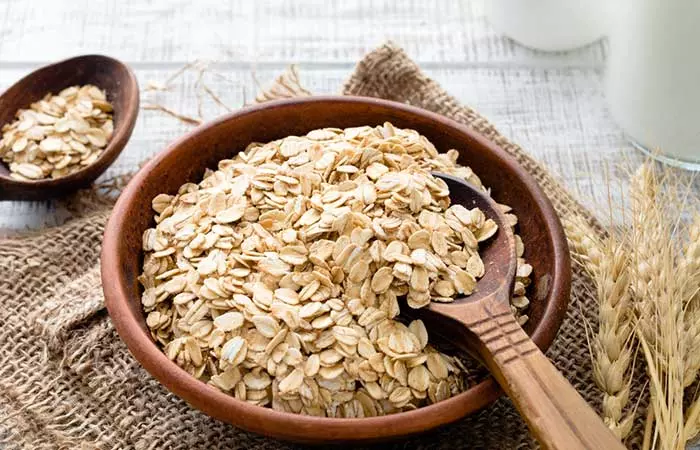
- Serving size – 156 grams
- Carbohydrates – 103 grams
- DV% – 34%
Oats, in addition to carbohydrates, are rich in antioxidants – the most important of them being avenanthramides. These increase the production of nitric oxide, which reduces blood pressure (5). Oats are also rich in beta-glucan, a powerful soluble fiber. Beta-glucan reduces cholesterol and also aids weight loss.
How To Include In Your Diet
The simplest way is to eat oatmeal for breakfast. You can also add fruits and other nuts to your oatmeal for a nutritious breakfast.
7. Whole Grain Wheat Flour
- Serving size – 120 grams
- Carbohydrates – 87 grams
- DV% – 29%
Whole grain wheat flour is also a great source of fiber, which prevents most digestive issues, with colon cancer being one of them. It also is rich in B vitamins and folate, which is why it enjoys a great reputation when compared to white flour.
How To Include In Your Diet
You can use whole grain wheat flour (or mix it with white flour) to bake cookies or cakes at home. You can also buy bread from the supermarket that is made of 100% whole wheat (you can check the nutritional label).
8. Potatoes
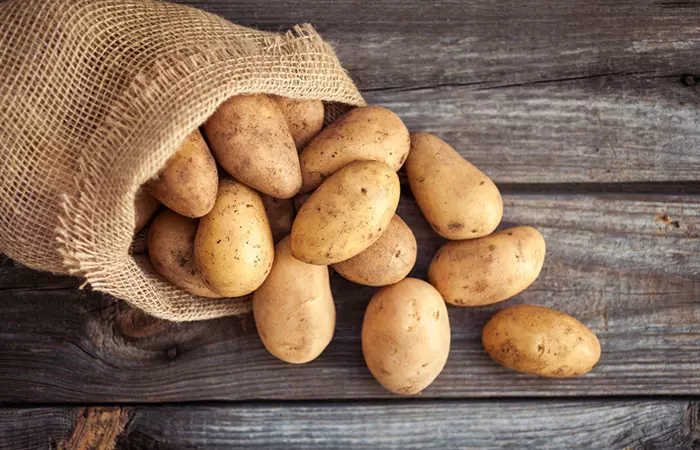
- Serving size – 369 grams
- Carbohydrates – 68 grams
- DV% – 23%
Potatoes are great sources of potassium, a mineral required for regulating blood pressure levels and eventually warding off heart attacks. Potatoes also contain another nutrient called choline, which helps maintain the structure of cellular membranes and even treats chronic inflammation.
And the vegetable is also rich in vitamin C, a nutrient important to maintain strong immunity.
How To Include In Your Diet
You can mix boiled and sliced potatoes with eggs, celery, and mayonnaise for a delicious salad.
9. Bananas
- Serving size – 225 grams
- Carbohydrates – 51 grams
- DV% – 17%
Bananas are a super energy food. Taking one before a workout can give you a source of sustained energy, and improve your time at the gym. The fiber in bananas (pectin and resistant starch) improves digestion. And yes, this potassium-rich fruit is great for the heart (6).
How To Include In Your Diet
Make a banana smoothie and have it with your breakfast. Or add bananas to your salad. Even simpler, include a couple of whole bananas in your breakfast.
10. Chickpeas
- Serving size – 164 grams
- Carbohydrates – 45 grams
- DV% – 15%
Chickpeas are great sources of protein – 1 cup contains about 15 grams of the nutrient. Other nutrients chickpeas are rich in are folate and manganese. Folate aids brain cell communication, and manganese supports wound healing and bone development.
How To Include In Your Diet
You can sprinkle a handful of chickpeas on your salad or add whole chickpeas to your evening soup. You can also use mashed chickpeas in your sandwiches (in the place of mayonnaise).
11. Nuts
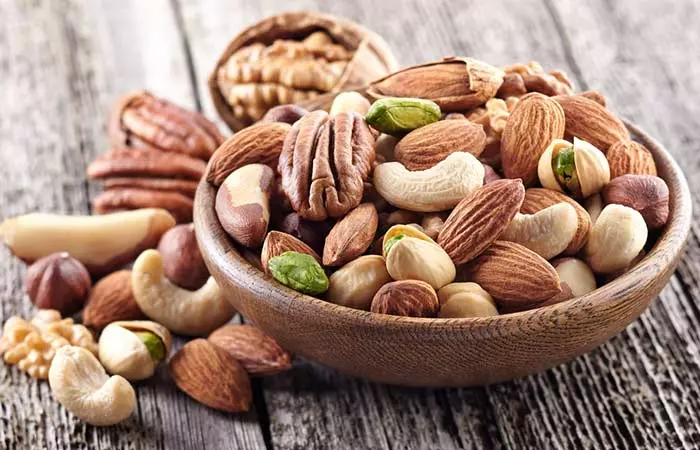
- Serving size – 144 grams
- Carbohydrates – 32 grams
- DV% – 11%
These include almonds, cashews, walnuts, pecans, etc. Nuts are also rich in other minerals like magnesium, manganese, and vitamin E – nutrients absolutely required for overall health.
How To Include In Your Diet
You can have a cup of nuts in the morning. Or add them to your smoothie or breakfast cereal.
12. Sweet Potato
- Serving size – 133 grams
- Carbohydrates – 27 grams
- DV% – 9%
Sweet potatoes are chock-full of vitamin A (beta carotene) – one medium spud contains about 400 percent of your daily value of the vitamin. And they have more nutrients with fewer calories as compared to the regular potato. The vitamin A in the vegetable plays a role in enhancing immunity and skin and eye health.
How To Include In Your Diet
Adding sweet potatoes to stews can be one good way to benefit from them. You can also use mashed sweet potatoes over your favorite pie.
13. Oranges
- Serving size – 180 grams
- Carbohydrates – 21 grams
- DV% – 7%
Oranges are excellent sources of vitamin C, and they meet 130 percent of your daily needs of the nutrient. One fruit contains over 170 phytochemicals and more than 60 flavonoids. The vitamin C prevents cancer and promotes heart health. It also works great in improving skin health.
How To Include In Your Diet
Having a glass of orange juice in the morning along with your breakfast can work wonders. You can even eat a whole orange or simply toss a few chopped pieces into your salad or yogurt.
14. Berries
- Serving size – 150 grams
- Carbohydrates – 17 grams
- DV% – 6%
These include a combination of blueberries, strawberries, raspberries, and blackberries. Berries are great sources of vitamin C and are low in sodium, cholesterol, and saturated fat – and that’s great news for all. Eating berries regularly builds your immunity and improves eye health.
How To Include In Your Diet
Make berries a part of your morning breakfast cereal. You can also eat them by themselves or with yogurt. Even a morning or evening smoothie can be a great idea.
15. Grapefruit
- Serving size – 230 grams
- Carbohydrates – 19 grams
- DV% – 6%
Another advantage of grapefruit is it is low in calories but high in nutrients. The vitamin C in it improves your immunity, and its fiber can aid weight loss. The fruit can prevent insulin resistance and the resultant diabetes (7). Grapefruit also contains citric acid that can help prevent kidney stones.
How To Include In Your Diet
You can simply snack on grapefruit slices or have it as an alternative to desserts. Or blend it into your favorite smoothie.
16. Apples

- Serving size – 125 grams
- Carbohydrates – 17 grams
- DV% – 6%
Extremely rich in antioxidants and dietary fiber, apples can give your health a boost. The fruit improves your brain health and can prevent serious brain ailments like dementia and stroke. Apples also play a role in combating breast cancer.
How To Include In Your Diet
A whole apple is good any given day. Or chop and add the slices to your breakfast oats or cornflakes.
17. Watermelons
- Serving size – 154 grams
- Carbohydrates – 12 grams
- DV% – 4%
In addition to offering you a decent amount of carbohydrates, watermelons also keep you hydrated. This is especially helpful during summers.
Watermelon is also rich in carotenoids like lycopene and beta-carotene that improve immunity and enhance vision health. The fruit is also known to reduce oxidative stress and the resultant inflammation.
How To Include In Your Diet
You can slice the fruit and eat it as a relishing evening snack. Or make a juice out of it and include it in your breakfast.
18. Beetroot
- Serving size – 136 grams
- Carbohydrates – 13 grams
- DV% – 4%
Beetroot contains nitrates that can improve muscle power, especially in patients with heart failure. These nitrates also boost exercise performance. They also increase blood blow to the brain and can prevent the onset of dementia.
How To Include In Your Diet
Beetroot juice can be a wonderful addition to your routine. Even adding chopped beets to your vegetable salad can work well.
19. Brown Bread
- Serving size – 28 grams
- Carbohydrates – 12 grams
- DV% – 4%
Brown bread is a great source of fiber – this can increase the bulk of your stool and prevent digestive issues like constipation. Brown bread can also cut the risk of heart disease and weight gain since the fiber it contains helps lower cholesterol levels. It also contains B vitamins and magnesium that promote brain health.
How To Include In Your Diet
Include it as your morning toast with a cheese slice or some butter.
20. Carrots
- Serving size – 128 grams
- Carbohydrates – 12 grams
- DV% – 4%
Carrots are rich in antioxidants, especially beta-carotene (and other carotenoids), which reduce oxidative stress and inflammation and help prevent a range of cancers.
How To Include In Your Diet
Eating carrots raw or steamed offers the highest nutritional value. You can also shred carrots and use them in salads.
21. Goji Berries
- Serving size: 120 grams
- Carbohydrates: 33 grams
- Daily Value – 11%
Goji berries are a good source of carbohydrates, fiber, vitamins A and C, and beta-carotene. They are loaded with antioxidants that can fight the signs of aging and improve immune function (8).
How To Include In Your Diet
You can consume goji berries raw, cooked, or dried and add them to smoothies, yogurt, or oatmeal. You can also make goji berry tea or even try goji berry supplements. However, before using these supplements, it is advised to take the opinion of your healthcare provider.
Following are two foods extremely rich in carbohydrates, but we don’t recommend you to consume them as often as the ones mentioned above since they don’t contain the good type of carbs.
1. White Rice
- Serving size – 185 grams
- Carbohydrates – 148 grams
- DV% – 49%
It is a good calorie source (1 cup contains 165 calories). Though lower in vitamins and minerals, white rice is rich in iron and a superb source of manganese. The iron in white rice can promote healthy blood cell function while the manganese creates important enzymes for building bones.
However, white rice is not a highly recommended source of carbohydrates.
How To Include In Your Diet
You can mix white rice with yogurt or a pickle of your choice for lunch.
2. White Bread
- Serving size – 45 grams
- Carbohydrates – 23 grams
- DV% – 8%
Though often looked down upon, white bread might boost the good bacteria in the gut. However, ensure you don’t consume too much of it – as studies suggest eating more than 3 to 4 slices of white bread can lead to gradual weight gain.
However, white bread is not a highly recommended source of carbohydrates.
How To Include In Your Diet
You can have toast with a little bit of cheese or omelet for breakfast.
That’s with the foods rich in carbs. Foods that are found in your kitchen. And coming to what we were talking, the confusion, remember? Are carbs really as bad? Or do they have a silver lining?
Carbohydrates – Good Or Bad?
An important question to consider, if you ask me. Given the anti-carbohydrate trend pervading our lives today, we have begun to shun carbohydrates.
Totally.
And that’s not recommended. Not at all.
Will Tennyson, a vlogger, shared his experience of not eating sugar and carbs for a week. He said, “I got a lot more annoying on this diet. Energy levels were not that great. My focus was there. But after that 1 hour, I was just done (i).”
To understand the undercurrents of this, we need to first look at the types of carbohydrates – whole and refined. There are simple and complex carbohydrates as well, but let’s get to that a little later.
Whole carbs are natural and unprocessed. They contain the fiber naturally found in the food. Examples include potatoes, whole grains, whole fruit, etc.
Refined carbs are processed, meaning that their natural fiber has been stripped out. Examples include sugar-sweetened beverages, white bread, pastries, white rice, etc.
Consumption of refined carbohydrates is associated with serious health issues like diabetes and obesity (9). They cause major sugar spikes when consumed. That could make you feel so good initially, but the subsequent crash can lead to fatigue. This eventually triggers cravings for more high-carb (and bad carb) foods. You get the point, don’t you?
The blood sugar roller coaster you might be familiar with.
Refined carbs also contain less or no nutrients. They are empty calories. But whole carbs are full of nutrients and healthy fiber.
Hence, it simply makes no sense to demonize carbohydrates altogether just because the processed variety is harmful to health.
The bottom line – carbohydrates are essential for the human body. But it is the unprocessed and whole variety that you need to look at. Stay away from processed carbs. It might be hard, we understand. But try.
There are hundreds of studies to back this up. A ton of research proves that high-fiber carbohydrates like fruits, vegetables, and whole grains improve metabolic health (in addition to offering several other benefits) (10), (11), (12).
And by the way, carbs by themselves don’t cause obesity. It is the refined carbs that do so.
And What About Simple And Complex Carbs?
Yes. Coming to that.
What did we say about carbohydrates at the very beginning? That carbohydrates are nothing but the sugars, fibers, and starches found in food, right?
Sugars are simple carbs or simple carbohydrates. And they are bad. At least, most of them. Simple carbs means simplistic nutrition. Some of these might occur naturally in milk, but most of the simple carbs are added to processed foods. Some of these include raw sugar, and fruit juice concentrate monosaccharides such as high-fructose corn syrup, and glucose, and disaccharides such as sucrose, lactose, maltose, and glycogen.
Some of the simple carb foods you must avoid include soda, baked items, packaged cookies, etc. Even breakfast cereal can contain simple carbs. Of course, we did say that you include carb-rich foods in your breakfast cereal – you can go for oats. And not all breakfast cereals could be bad. Make sure you read the labels before buying.
Fibers and starches are complex carbs. And they are very healthy. The more complex, the better the carbs are. Some of these include fruits, vegetables, beans, whole grains, and nuts (rich in fiber), and corn, cereal, cellulose, oats, rice, and whole wheat bread (rich in starch). They also contain chitin, dextrin, oligosaccharides, and polysaccharides, but not monosaccharides or disaccharides. These are the complex carbohydrate foods you must include in your diet.
These are the good carbs. The carbs that don’t deserve our disdain and hate as they are key to long-term health.
But keep in mind that complex carbs could also be refined. Stay away from them. These include refined wheat flour, white rice, etc.
To keep things simple, we have come up with a list of good carbs and bad carbs. We guess you now know what to take and what to avoid.
Good Carbs
- All vegetables
- Whole fruits
- Nuts
- Legumes
- Seeds
- Tubers
- Whole grains
In case you are trying to restrict carbohydrates in your diet, keep a watch over whole grains, tubers, legumes, and high-sugar fruits. Consult your doctor.
Bad Carbs
- Sugary drinks
- Fruit juices (the ones made in the market)
- White bread
- Pastries and cakes
- Ice cream
- Chocolates and candies
- Potato chips and French fries
- White rice
Though we have included white rice and white bread in the carb-rich foods list, we advise you to take them in moderation. Because, you know, they are bad carbs, after all.
Infographic: Glycemic Index And Carbohydrates
Carbohydrates can be largely divided into sugars, fibers, and starches. While you can also classify them as “good” and “bad,” this classification is largely based on how likely they are to raise your blood sugar.
Check out the infographic below to learn how carbohydrates can be classified according to their GI value, what it means, and who should pay the most attention to them.
Some thing wrong with infographic shortcode. please verify shortcode syntax
Carbohydrates are a rich source of energy for your body, particularly for your muscles and the central nervous system. Carbs, especially those acquired from whole foods, are vital for optimal health. Foods like quinoa, lentils, brown rice, buckwheat, bananas, potatoes, and whole grain wheat flour are rich in this macronutrient.
However, do not consume foods that are extremely rich in simple carbs like sugar as it may lead to a sudden spike in blood sugar levels and increase the risk of diabetes. These include white rice and white bread. So, opt for whole carbs that are naturally rich in fiber and completely avoid refined carbs that strip away fiber and other complex carbs.
Frequently Asked Questions
Why does eating carbohydrate-rich foods make you tired?
There are good and bad carbs. Consuming bad carbs will make you feel tired. Remember the blood sugar roller coaster mentioned above? That’s what we are talking about.
Is wheat flour a simple or complex carbohydrate?
If it is the enriched wheat flour you find in the market, then it is a complex carbohydrate – but you must not be having that. Because it is refined. Stick to the unprocessed variety as much as possible. And yes, check the labels.
What should I eat to avoid carbs?
Consume energy-giving foods to boost stamina and keep you full for longer spells. Opt for vegetables, meat, fish, eggs, and natural oils and butter to avoid carbohydrates.
How long does it take to burn off stored carbs?
You can burn stored carbs right after you consume them. The body takes at least a couple of days to convert the stored carbs into fat. Therefore, high-intensity running for an hour or low-intensity running for an hour and a half can burn off stored carbs.
Which carbohydrate takes the longest to digest?
Complex carbs, especially those packed with dietary fiber, take a long time to digest.
Illustration: Best Carbohydrate-Rich Foods And Their Benefits

Image: Dall·E/StyleCraze Design Team
Watch this video to discover the foods rich in carbohydrates to fuel your body and keep you energized. Learn about 18 healthy, high-carb foods essential for a balanced diet in this video.
Personal Experience: Source
StyleCraze's articles are interwoven with authentic personal narratives that provide depth and resonance to our content. Below are the sources of the personal accounts referenced in this article.
i. I Quit Carbs & Sugar For 7 DAYS | My Experiencehttps://www.youtube.com/watch?v=rNXazUGQMzQ
References
Articles on StyleCraze are backed by verified information from peer-reviewed and academic research papers, reputed organizations, research institutions, and medical associations to ensure accuracy and relevance. Read our editorial policy to learn more.
- “Magnesium“. University of Maryland Medical Center.
- “Non-Soy Legume Consumption Lowers Cholesterol Levels“. Tulane University School of Public Health and Tropical Medicine, USA. 2009 November.
- “I know lentils are supposed to be good for me. But how do I prepare them?“. Mayoclinic.
- “Healthy food trends — quinoa“. US National Library of Medicine.
- “Avenanthramide, a polyphenol from oats, inhibits vascular smooth…“. Jean Mayer USDA Human Nutrition Research Center on Aging at Tufts University, USA. 2006 June.
- “Potassium intake and risk of stroke in women with hypertension…“. Northwestern University Feinberg School of Medicine, Chicago, USA. 2014 October.
- “The effects of grapefruit on weight and insulin resistance“. Scripps Clinic, La Jolla, California, USA. 2006.
- “Goji Berries as a Potential Natural Antioxidant Medicine: An Insight into Their Molecular Mechanisms of Action“. US National Library of Medicine. 2019 January.
- “Glycemic Index, Glycemic Load, Carbohydrates, and Type 2 Diabetes“. University of Leeds, Leeds, United Kingdom. 2013 December.
- “Fruit and Vegetable Consumption and Risk of Coronary Heart Disease“. Institut Pasteur de Lille, France.
- “Fruit and Vegetable Consumption and Diabetes Mellitus Incidence among U.S. Adults“. Centers for Disease Control and Prevention, Atlanta, Georgia, USA. 2002 February.
- “Consumption of nuts and legumes and risk of incident…“. Brigham and Women’s Hospital and Harvard Medical School, Boston, USA. 2014 July.
Read full bio of Dr. Timothy M. Marshall
Read full bio of Ravi Teja Tadimalla
Read full bio of Arshiya Syeda
Read full bio of Aparna Mallampalli






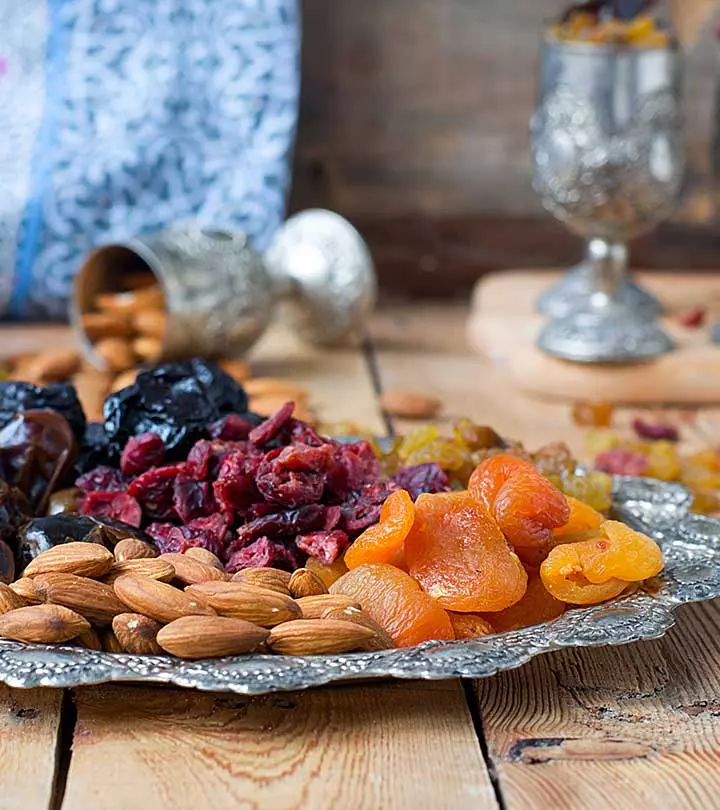



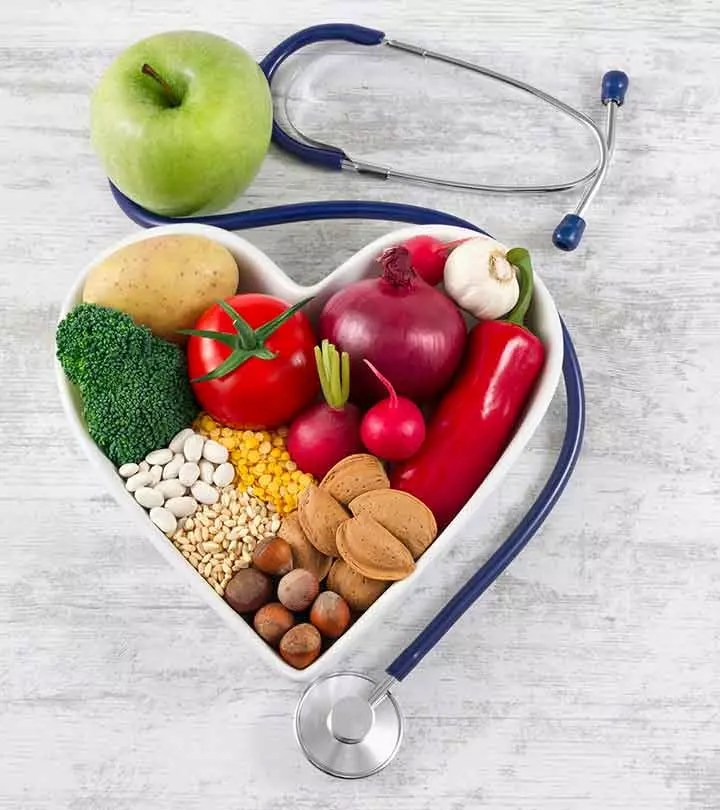
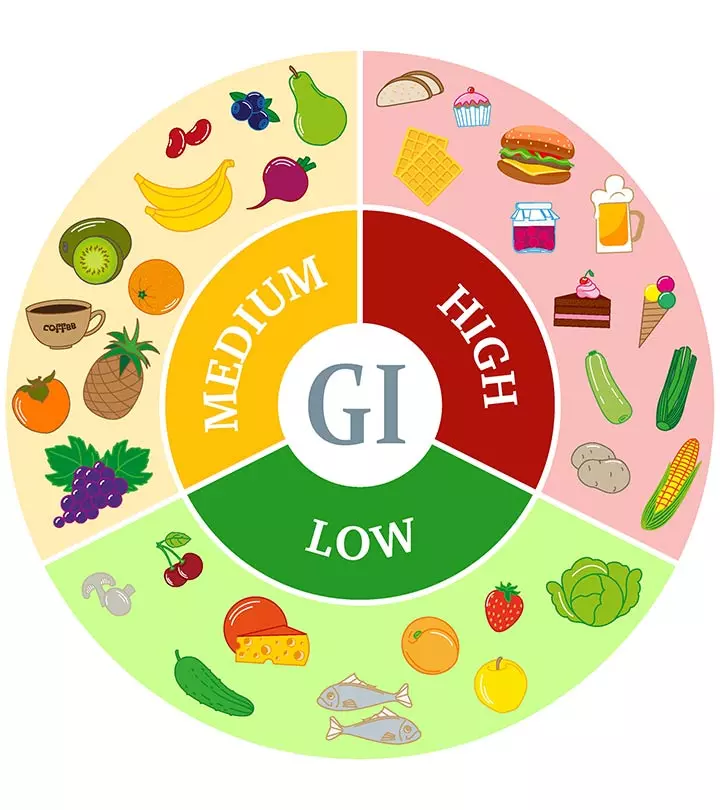


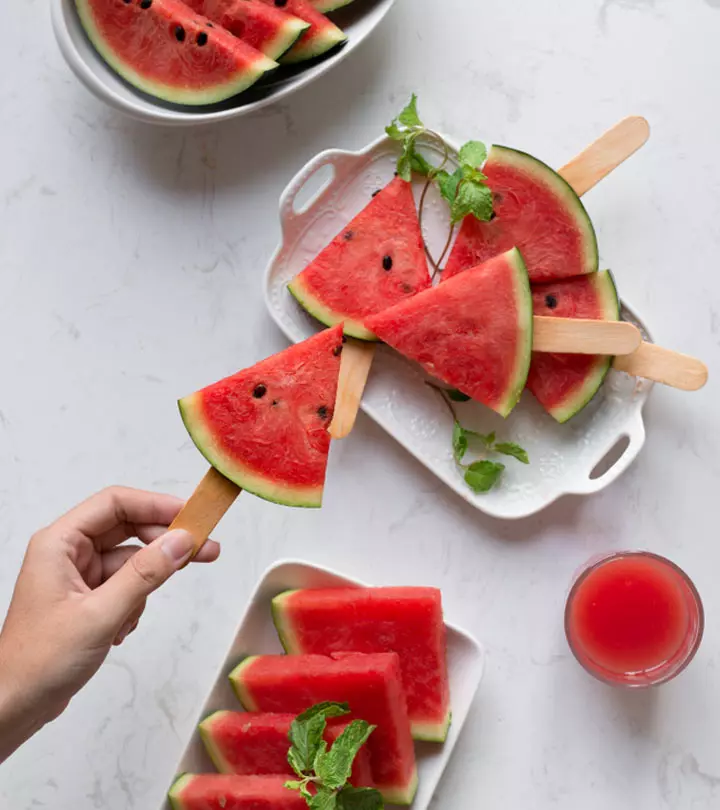
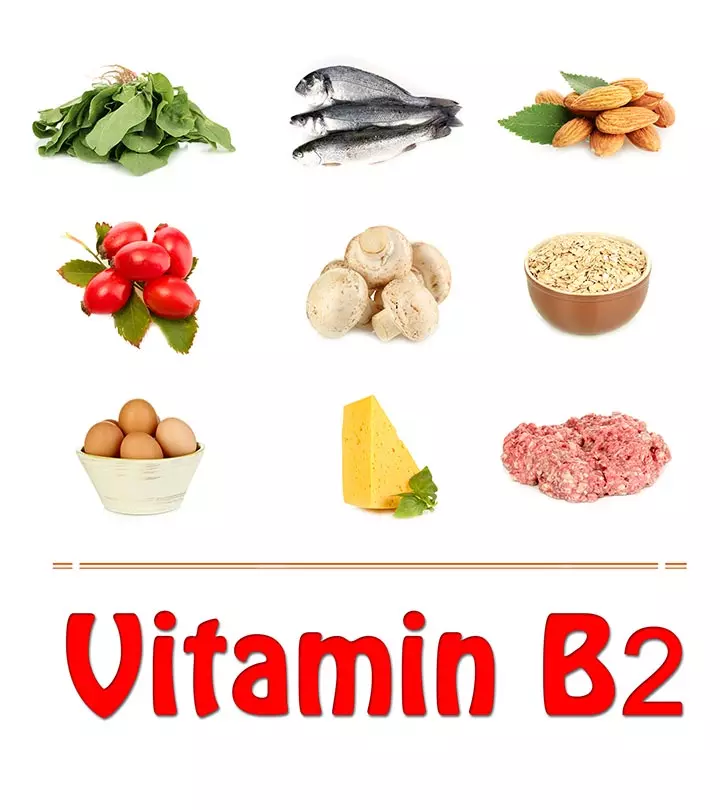

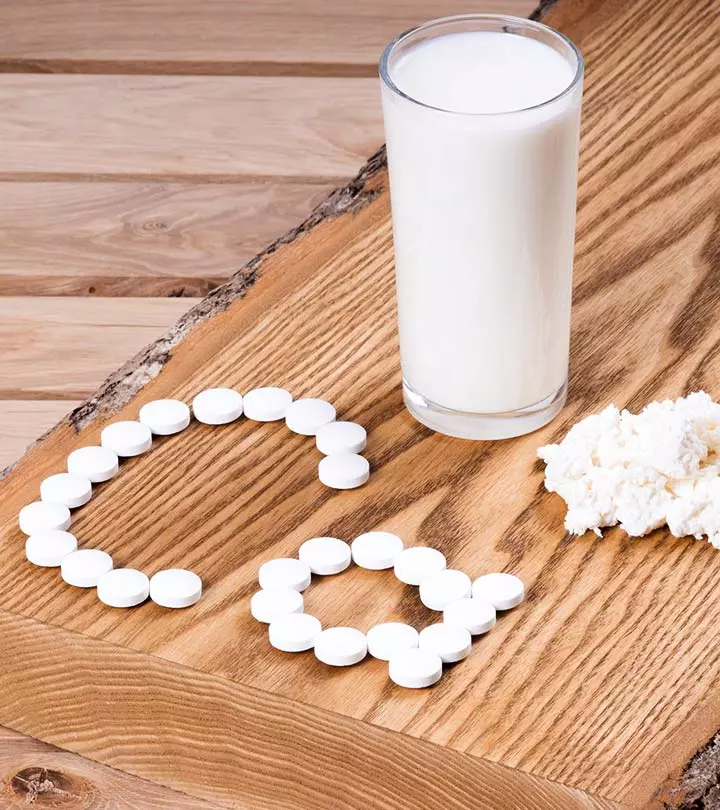

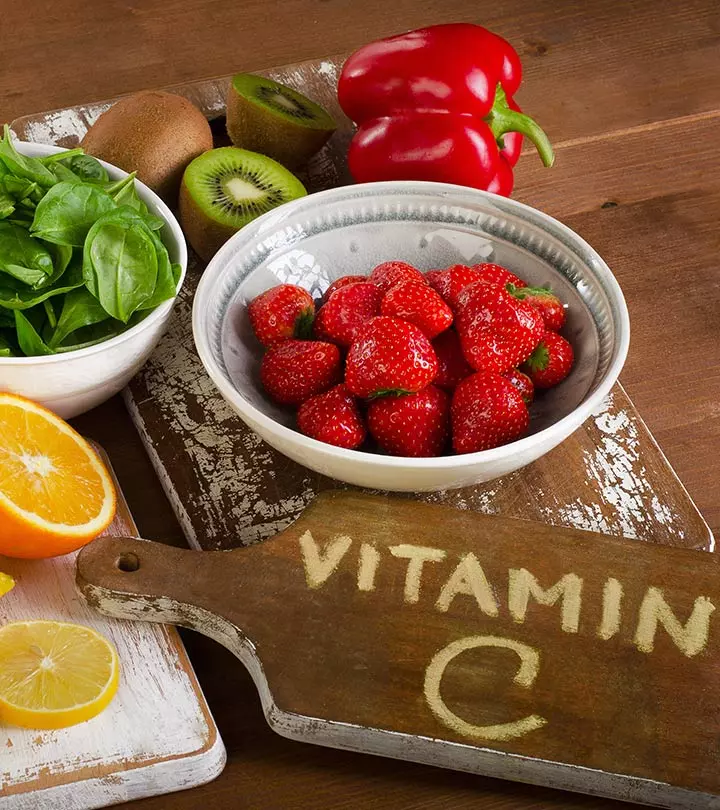
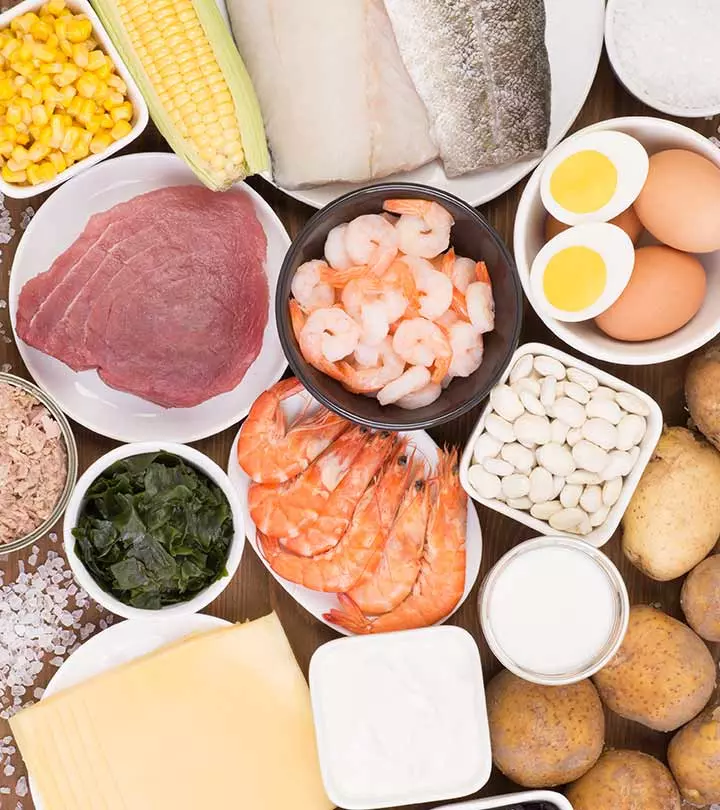

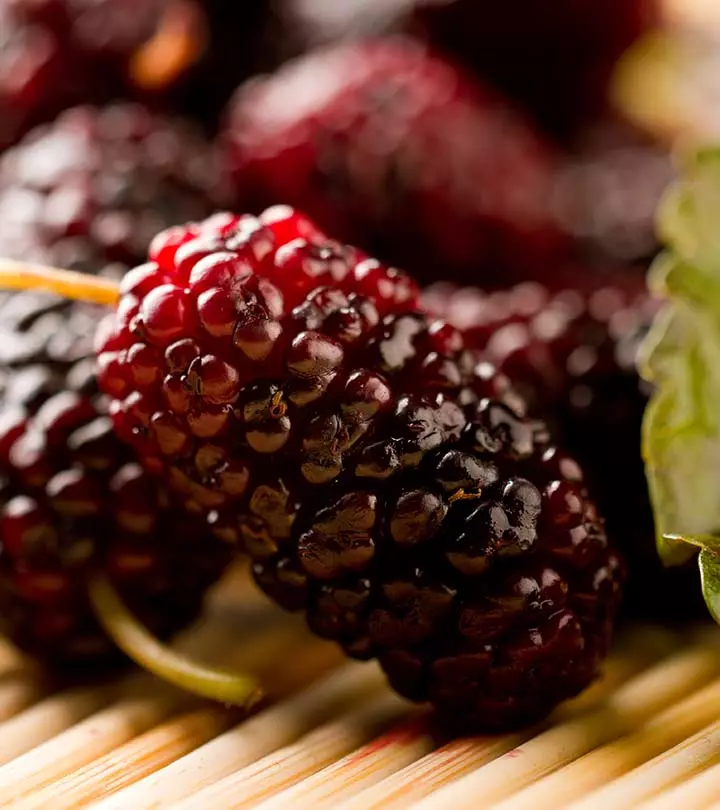




Community Experiences
Join the conversation and become a part of our empowering community! Share your stories, experiences, and insights to connect with other beauty, lifestyle, and health enthusiasts.